From sensitive indoor floors to muddy slopes – choosing the right tires determines whether you can work safely and efficiently. Aerial work platforms are available with different tire types, each offering clear advantages depending on the application. This guide provides an overview of the true benefits of non-marking tires, where off-road tires are essential, and when tracked drives make sense.
Non-marking tires – material, advantages & limitations
Non-marking tires are made of light-colored solid rubber without any carbon black content. Instead, they use light-colored fillers such as silica or calcium carbonate. They don't leave marks on sensitive surfaces, but they are somewhat harder and wear out faster than traditional black solid rubber tires.
Material and functionality
Silica-based compounds form a denser rubber structure, which reduces abrasion but limits flexibility. Their hardness is typically between 70 and 85 Shore A. They are ideal for smooth floors but less suitable for rough surfaces.
Typical locations
- Industrial halls and logistics centers
- Hospitals and clean rooms
- Trade fairs and event centers
- Interiors with sensitive floor coverings
Lifespan and costs in comparison
| Tire type | Purchase (€) | Lifespan (hrs) | Change interval (hours) | Disposal costs (€) |
|---|---|---|---|---|
| Non-marking (silica) | 250–300 | 200–400 | 200–300 | 5–10 |
| Standard black (soot) | 150–200 | 500–800 | 400–600 | 5–10 |
| Foam filled (PU) | 200–250 | 800–1,200 | 600–1,000 | 5–10 |
Guide values: vary depending on the manufacturer and operating conditions.
Approved brands and standards
- DIN EN ISO 4000-1: Marking and load capacity of industrial tires
- DIN EN 1170-1: Requirements for solid rubber or PU tires for industrial trucks
- Manufacturers: Covestro Vulkollan® (Shore A 92), Solidboy “Non-Marking”, Genie, JLG and Haulotte
Static charge on non-marking tires
Non-marking tires , also known as non-marking tires , are made of a light-colored, silica-based rubber compound without any carbon black. While this composition prevents dark marks on the ground, it also acts as an electrical insulator. The friction between the tires and the ground can build up static electricity of several tens of thousands of volts while driving.
Unlike standard tires containing soot, this charge is not automatically discharged. This can lead to electrical discharges, sparking, or failures of electronic systems – particularly critical in dusty or potentially explosive areas . Uncontrolled discharges also pose an increased risk to operating personnel.
To avoid these hazards, machines with non-marking tires must be equipped with a grounding device . This typically involves a conductive anti-static strap or grounding strap that is mounted on the chassis and maintains permanent contact with the ground. This safely dissipates the electrical charge, ensuring the machine remains safe even in sensitive work environments.
If such a belt or an antistatic tire compound is missing, the work platform may not be used in potentially explosive areas (Ex areas). A regular visual inspection of the grounding strap is therefore part of the daily safety check on every construction site.
Recycling and sustainability
Most solid rubber tires are mechanically shredded and recycled as rubber granulate – for example, for sports flooring or safety tiles. Non-marking tires contain no soot, but instead contain silica, the production of which requires about 10% more energy. In Germany, about two-thirds of all tires are recycled .
- Mechanical recycling: Granules with 80–90% rubber content
- Thermal cracking (pyrolysis): energy generation from waste materials
- Disposal costs: approx. €2–3 per tire for certified return
Practical examples and checklist
In clean rooms and warehouses, dark abrasion marks caused by black tires repeatedly occurred – after switching to silica-based models, the problems disappeared completely.
- Visual inspection: Check cracks and tread depth regularly
- Hardness test: Shore A test for material fatigue
- Documentation: Note operating hours and tire changes
Special cases and alternatives
- If no non-marking tires are available: Use protective mats or tire covers
- For listed floors: Place load-distributing slabs underneath
- To check authenticity: Check the manufacturer's logo and batch number on the tire sidewall
Innovations and future trends
- Self-repairing tires: Microencapsulated polymers close small cracks independently
- Bio-based elastomers: Sustainable alternatives made from recycled rubber
- New coatings: PTFE surfaces for minimal abrasion
- Circularity: Chemical recycling to recover silica and rubber
Other tire types at a glance
Pneumatic tires – flexible and off-road
Pneumatic tires offer good handling on uneven surfaces thanks to their cushioning. Ideal for outdoor use, they are prone to damage.
Foam-filled tires – puncture-proof and low-maintenance
Foam-filled tires are robust, easy to maintain, and suitable for both indoor and outdoor use. They are particularly popular for long-distance operations with high safety requirements.
Off-road tires – for demanding applications
Off-road tires offer optimal traction on rough terrain. Their coarse tread provides stability, but is unsuitable for smooth indoor floors.
Chain drive – for extreme requirements
Crawler boom lifts are ideal for steep inclines or soft ground. They offer maximum traction, but are heavier and slower to operate.
Conclusion: The right tires for every application
The choice of tires determines safety, soil protection, and cost-effectiveness. Non-marking tires are optimal for sensitive soils, while off-road tires are ideal for difficult outdoor areas. Pneumatic and foam tires offer flexibility, while track drives provide maximum traction. Those who pay attention to quality and regular inspections work more safely and efficiently.


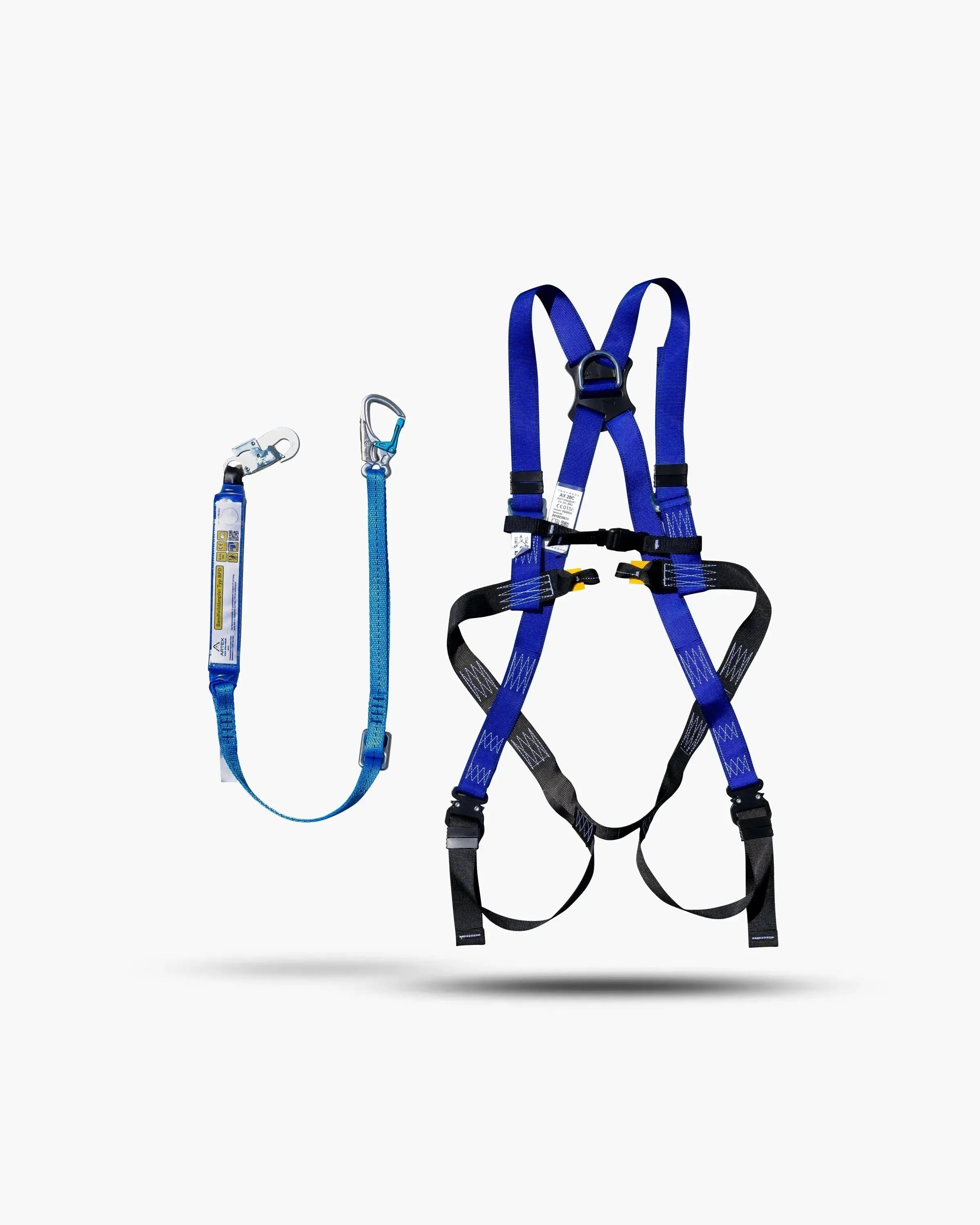


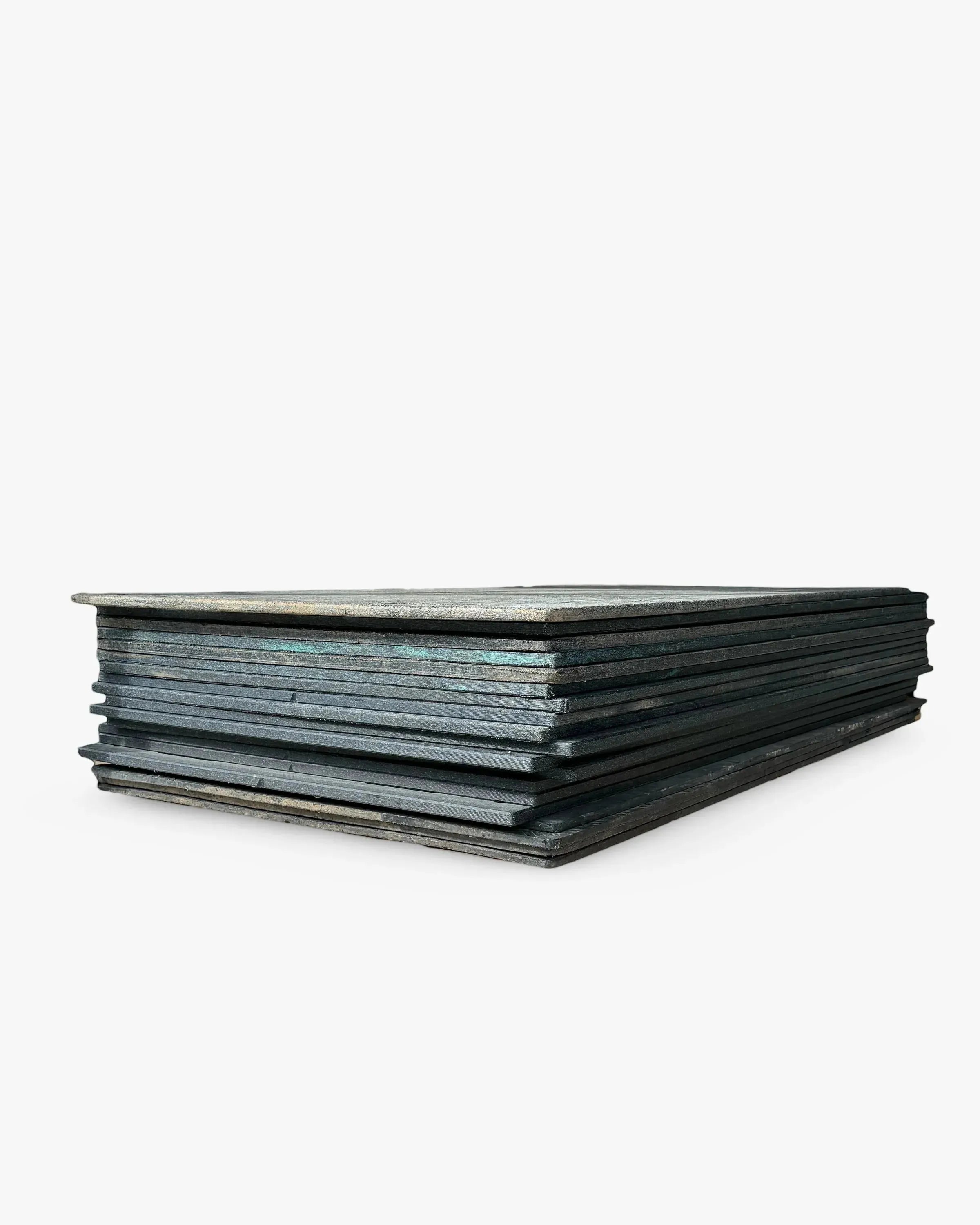

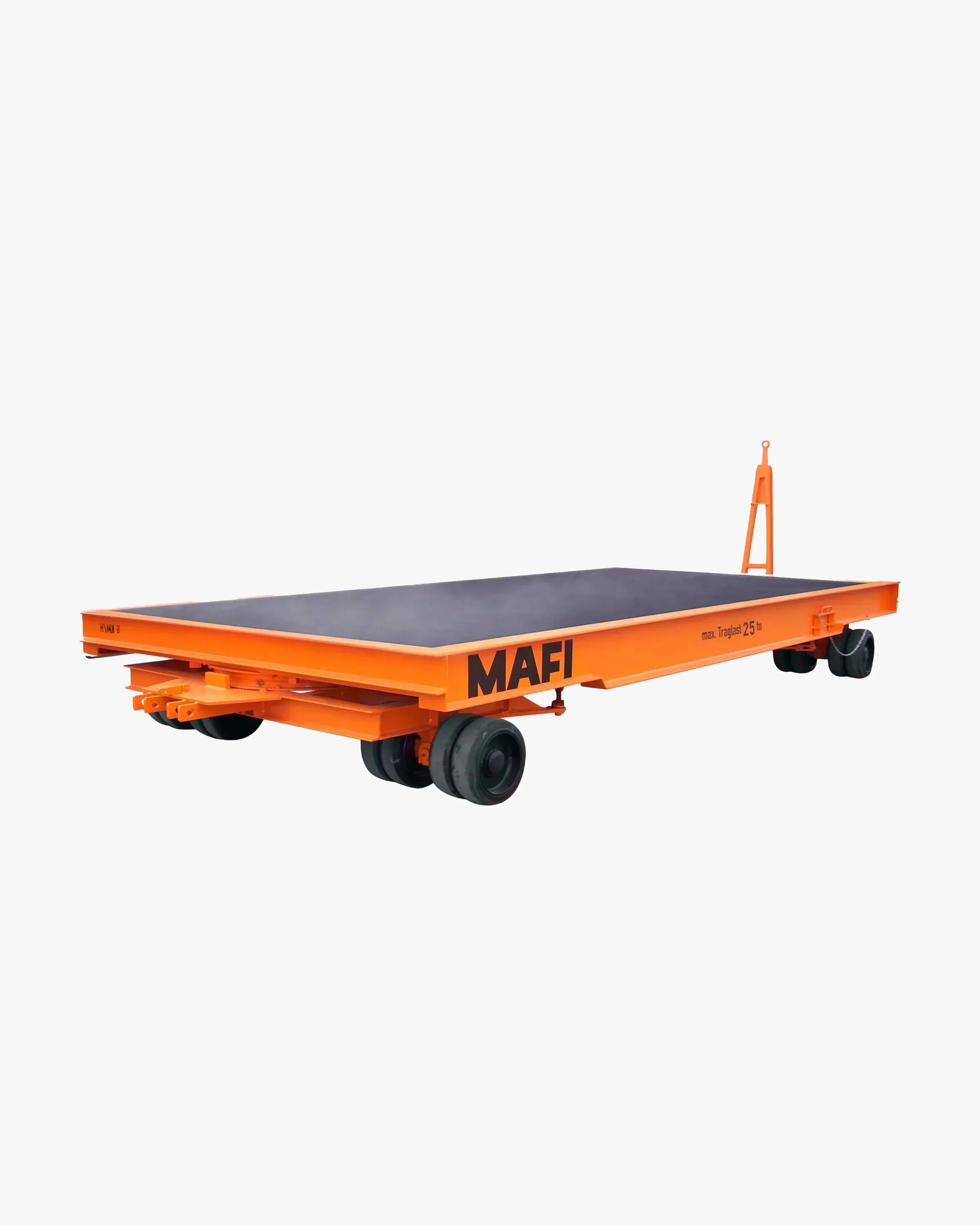
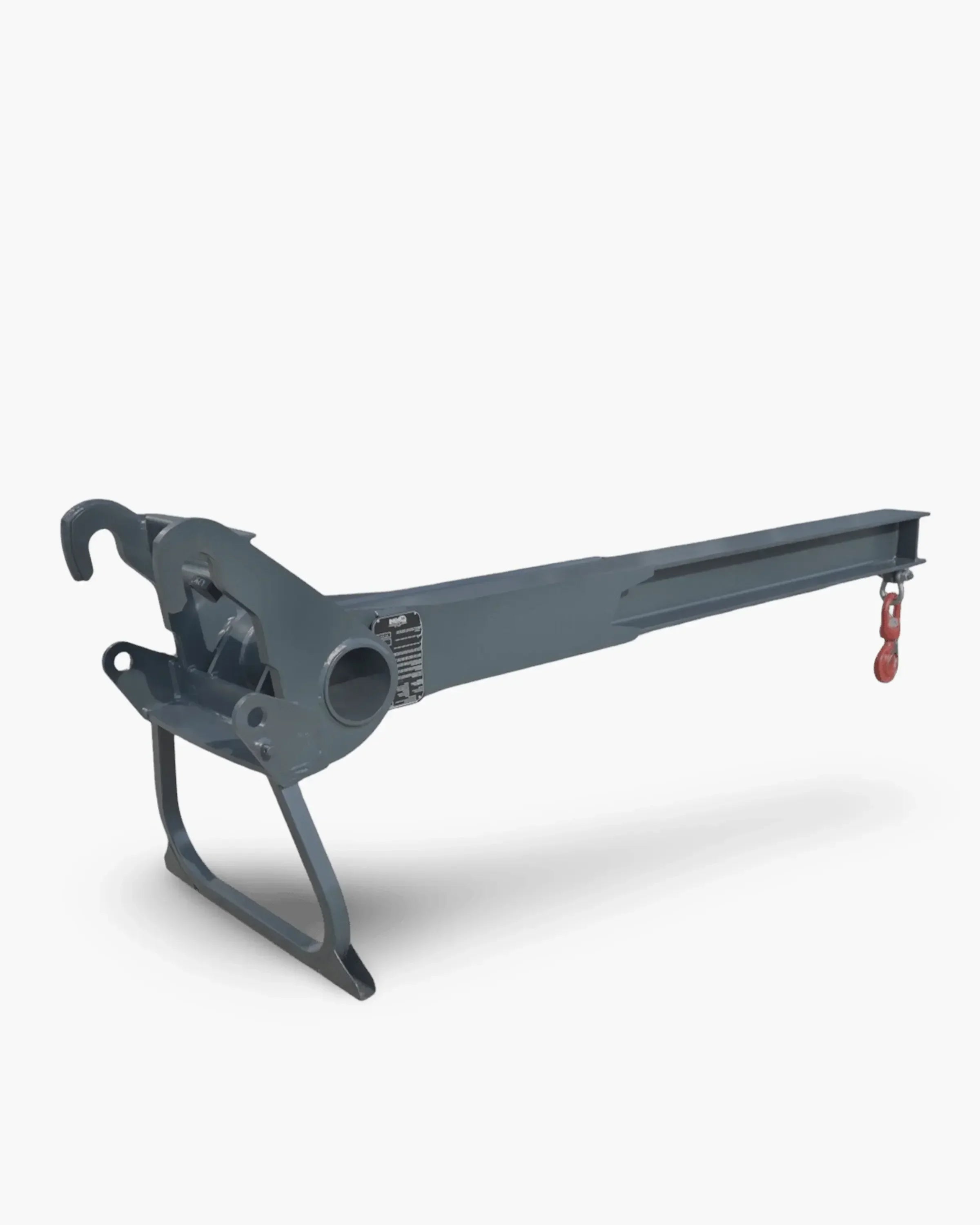
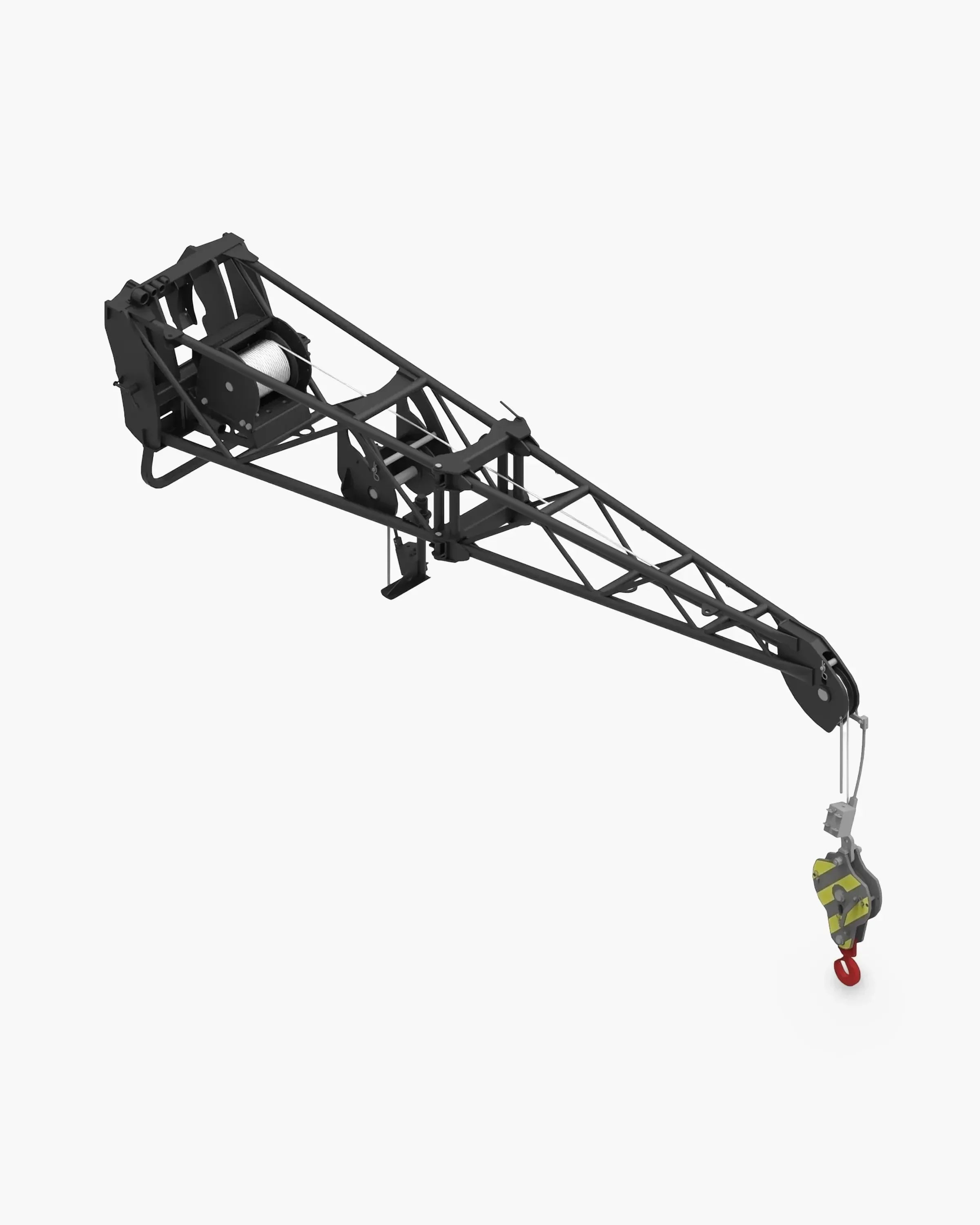
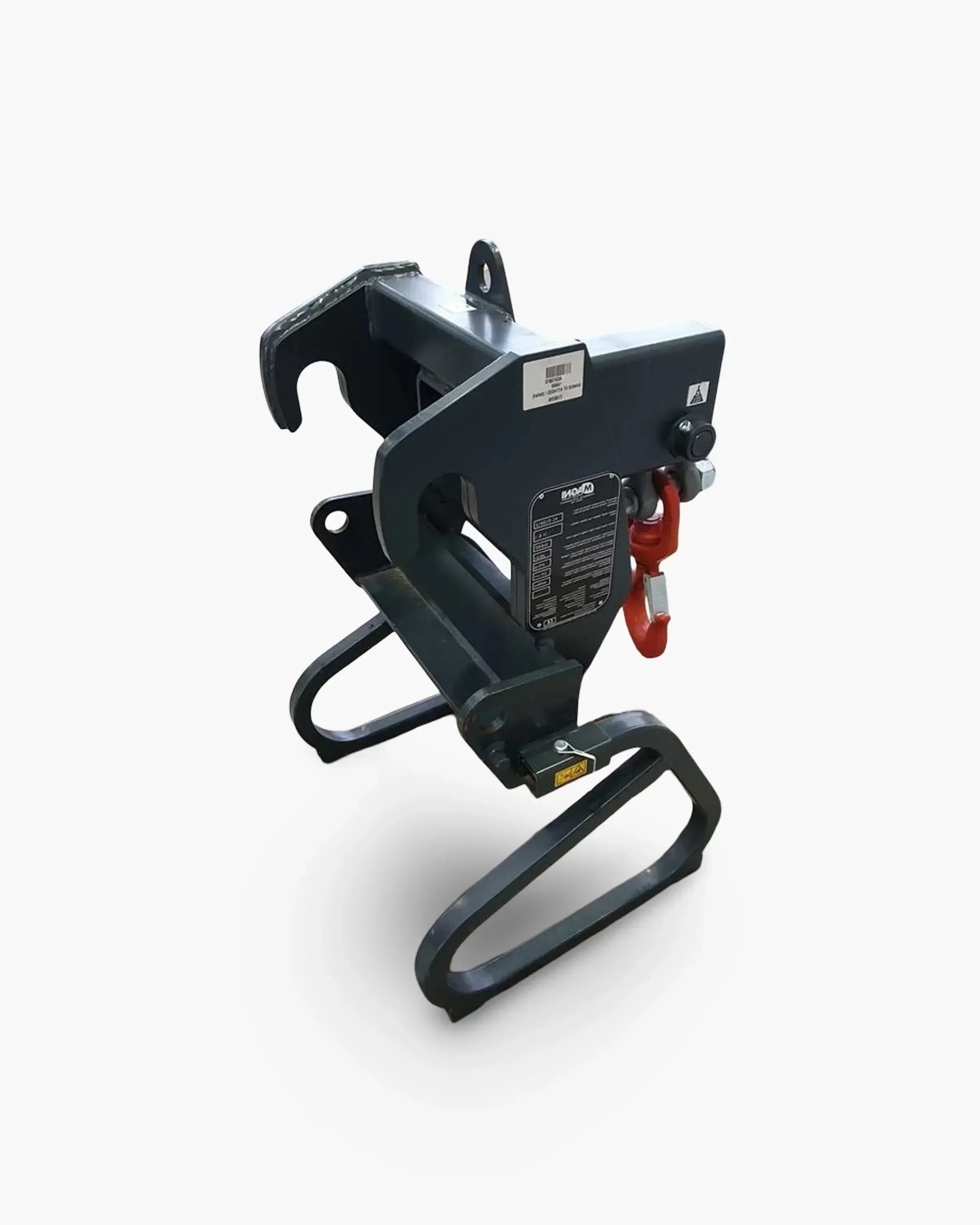

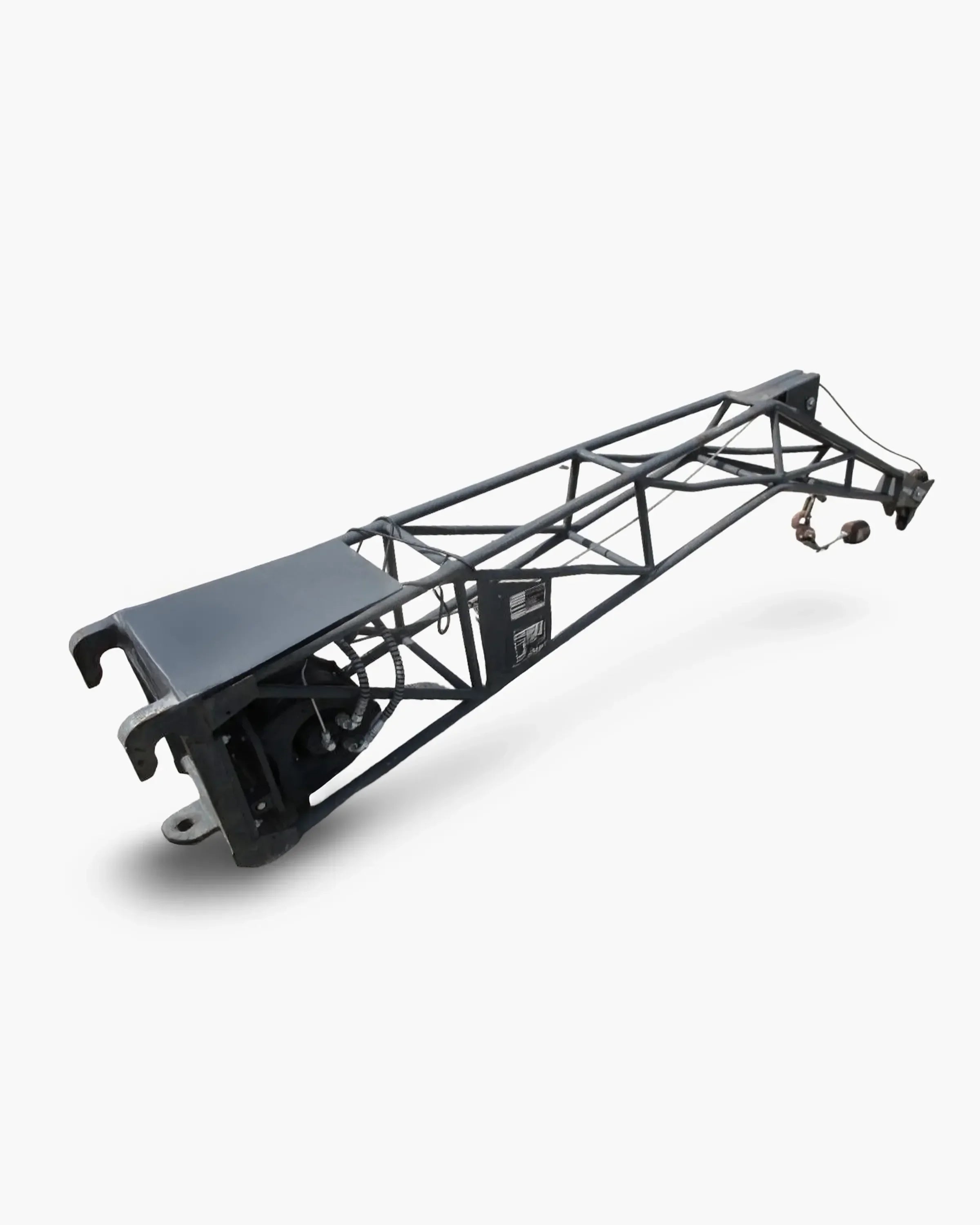
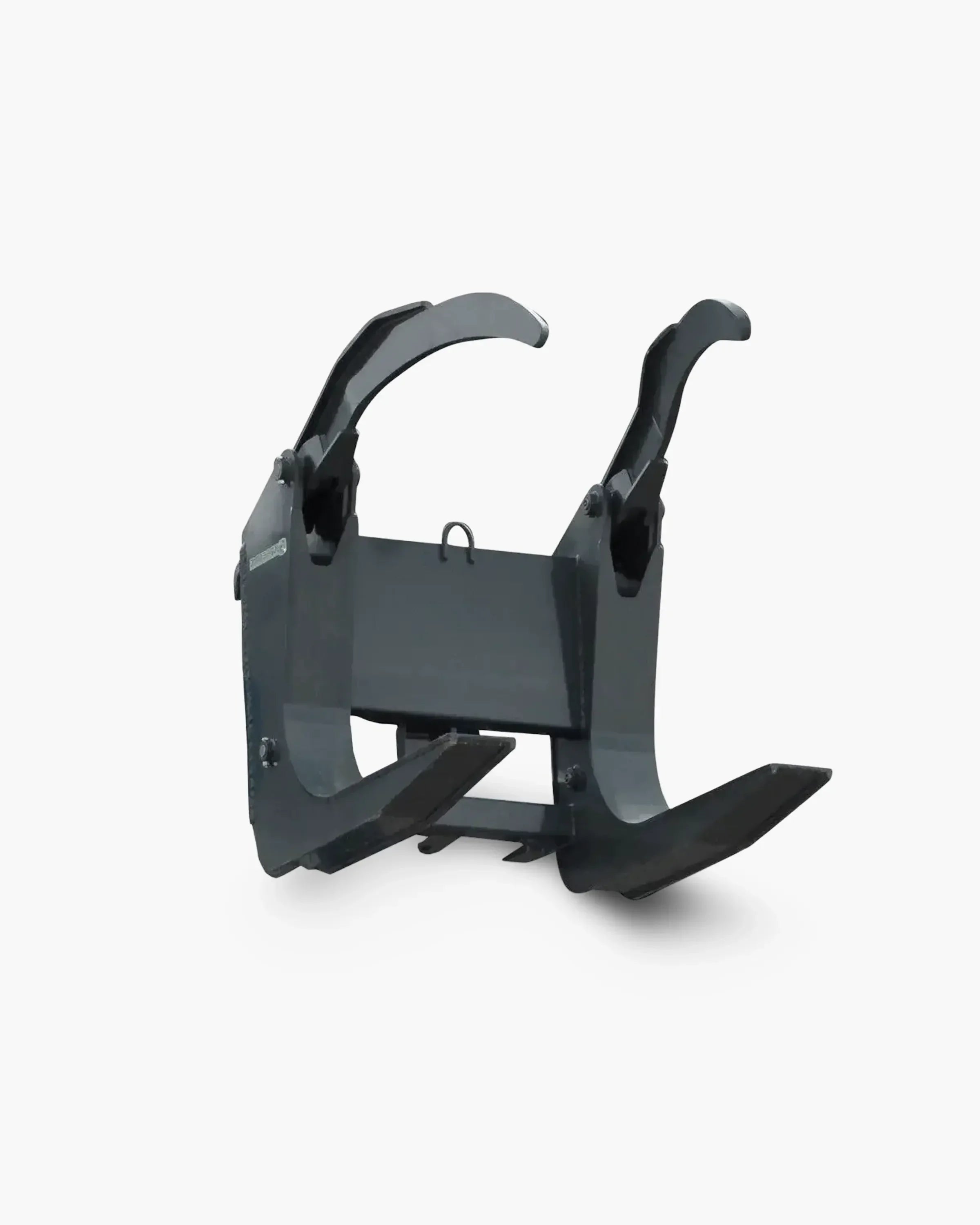
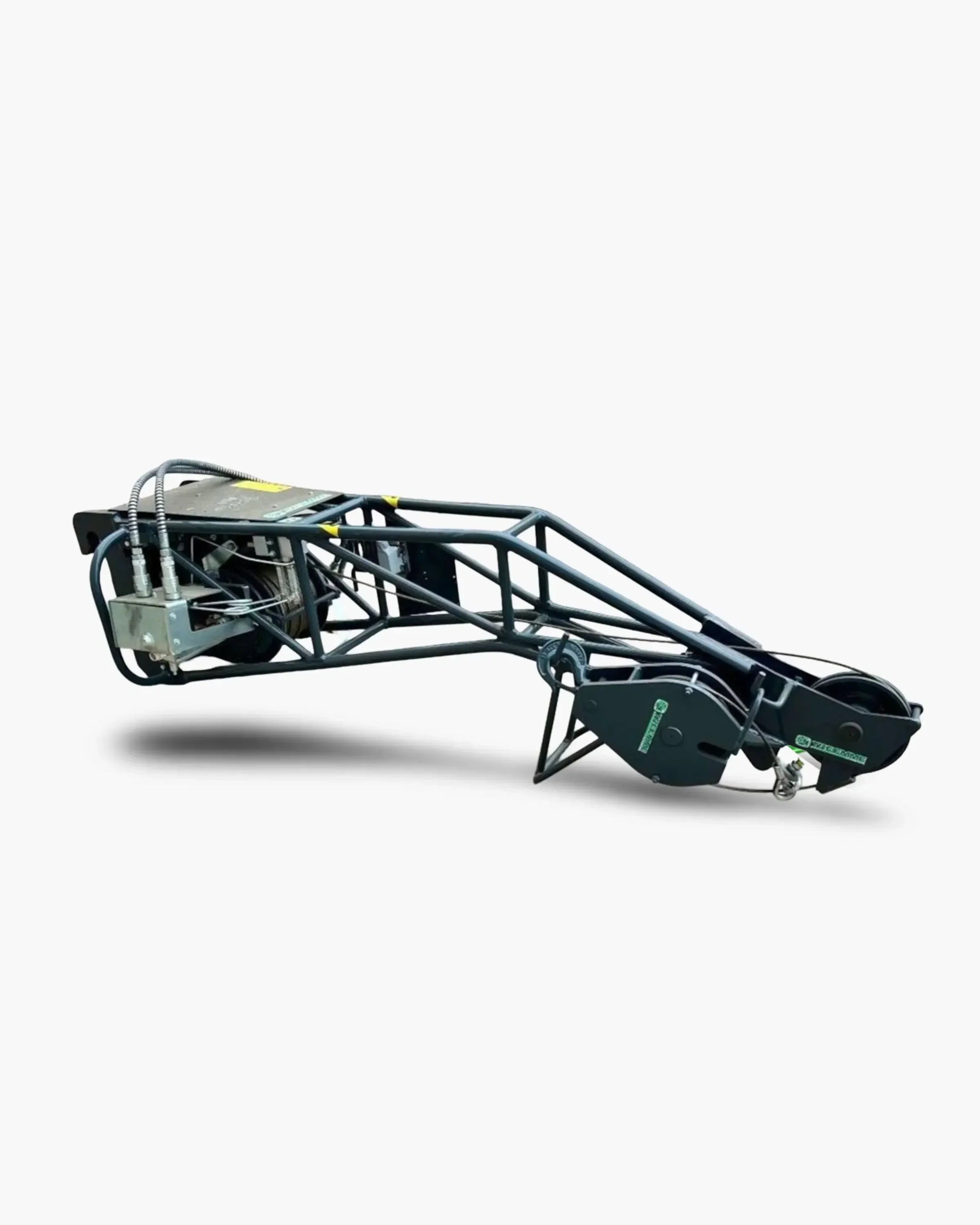

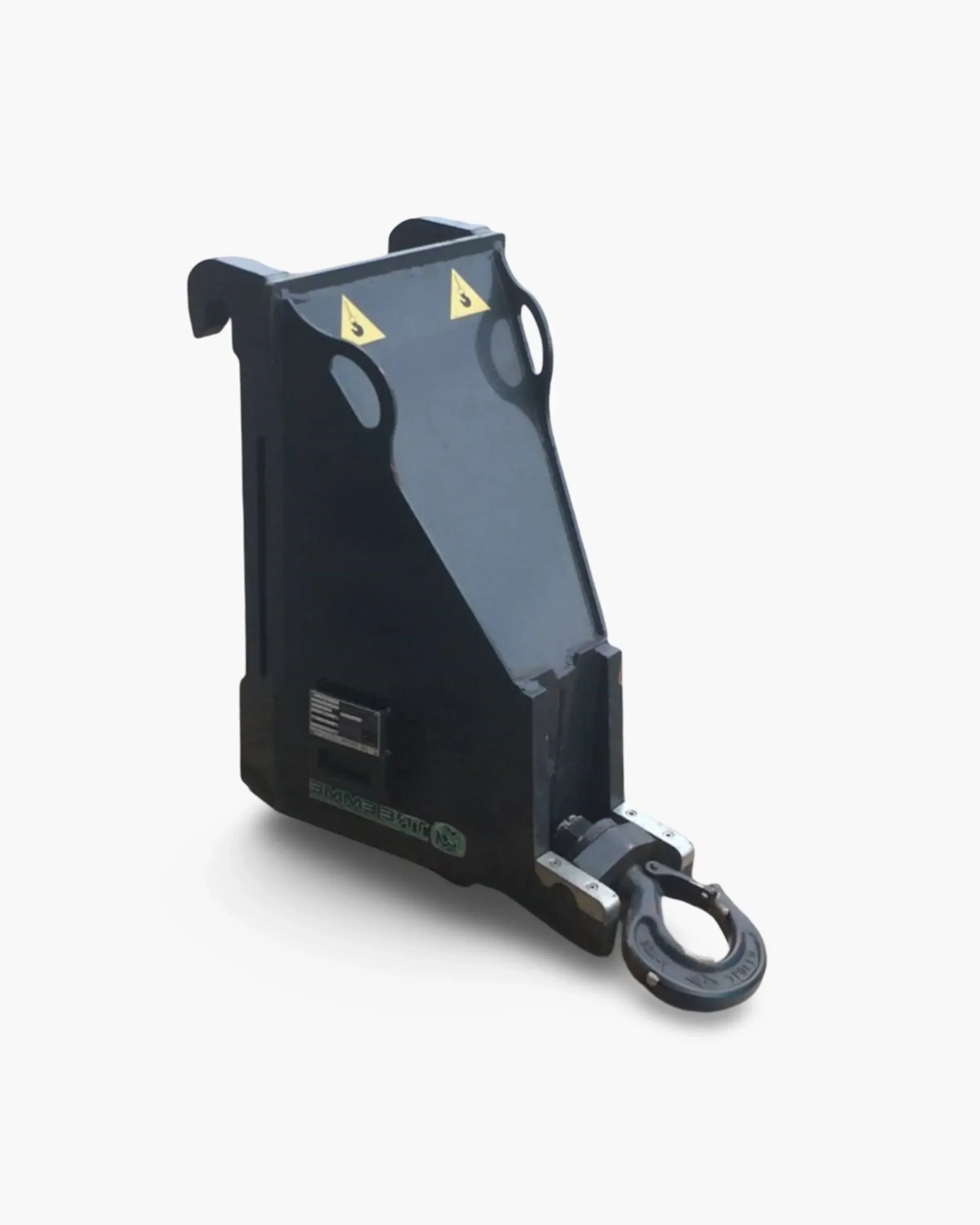
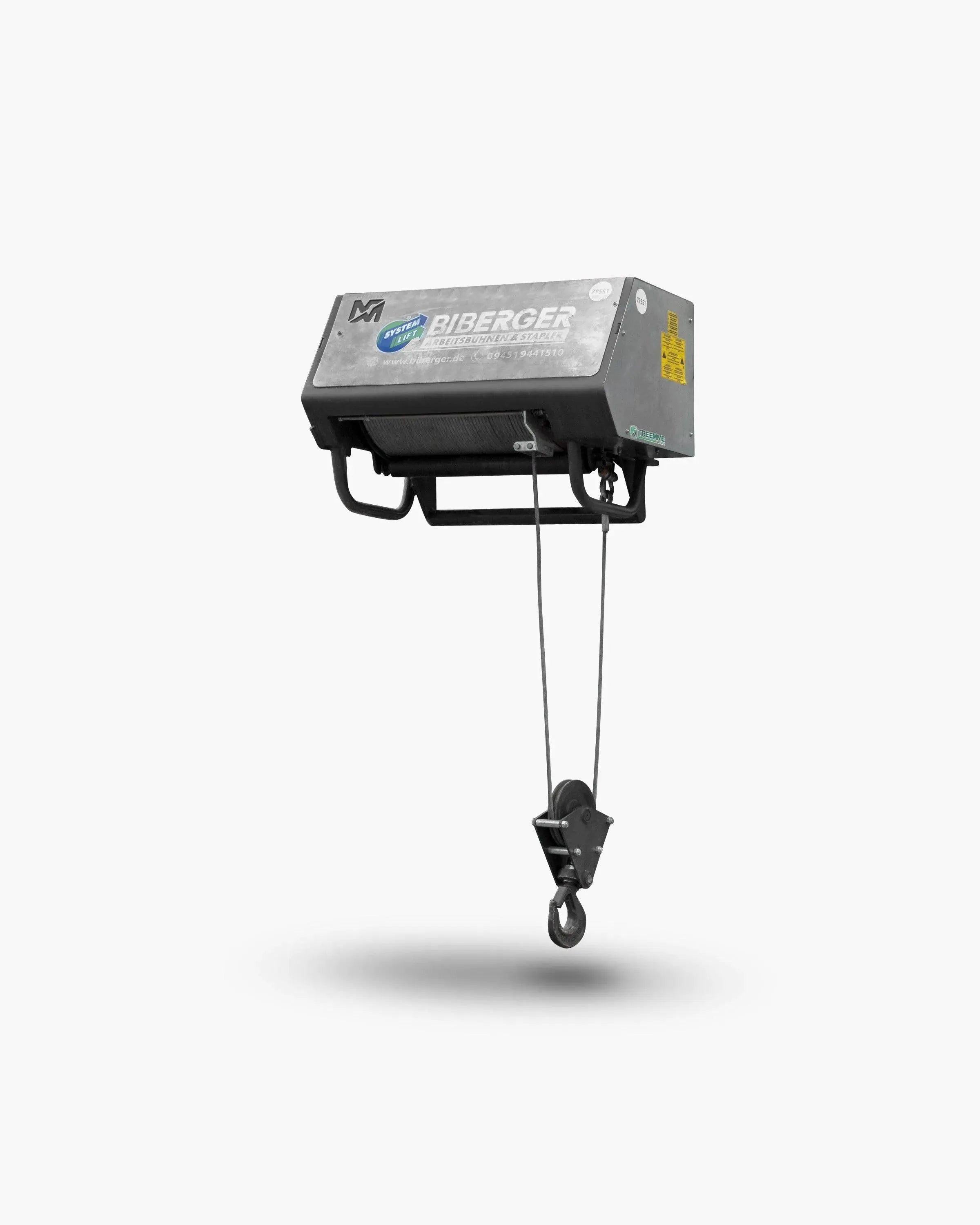
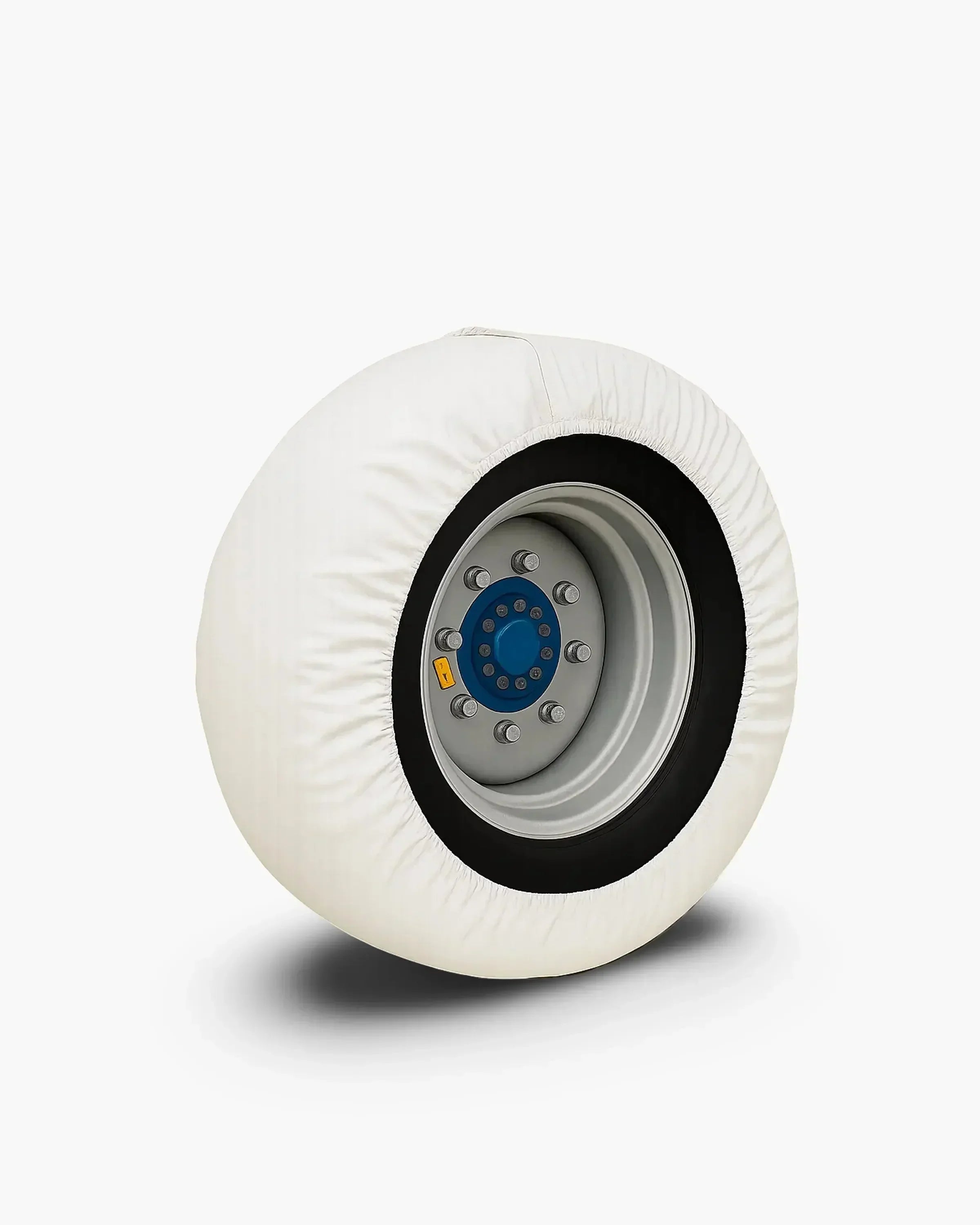


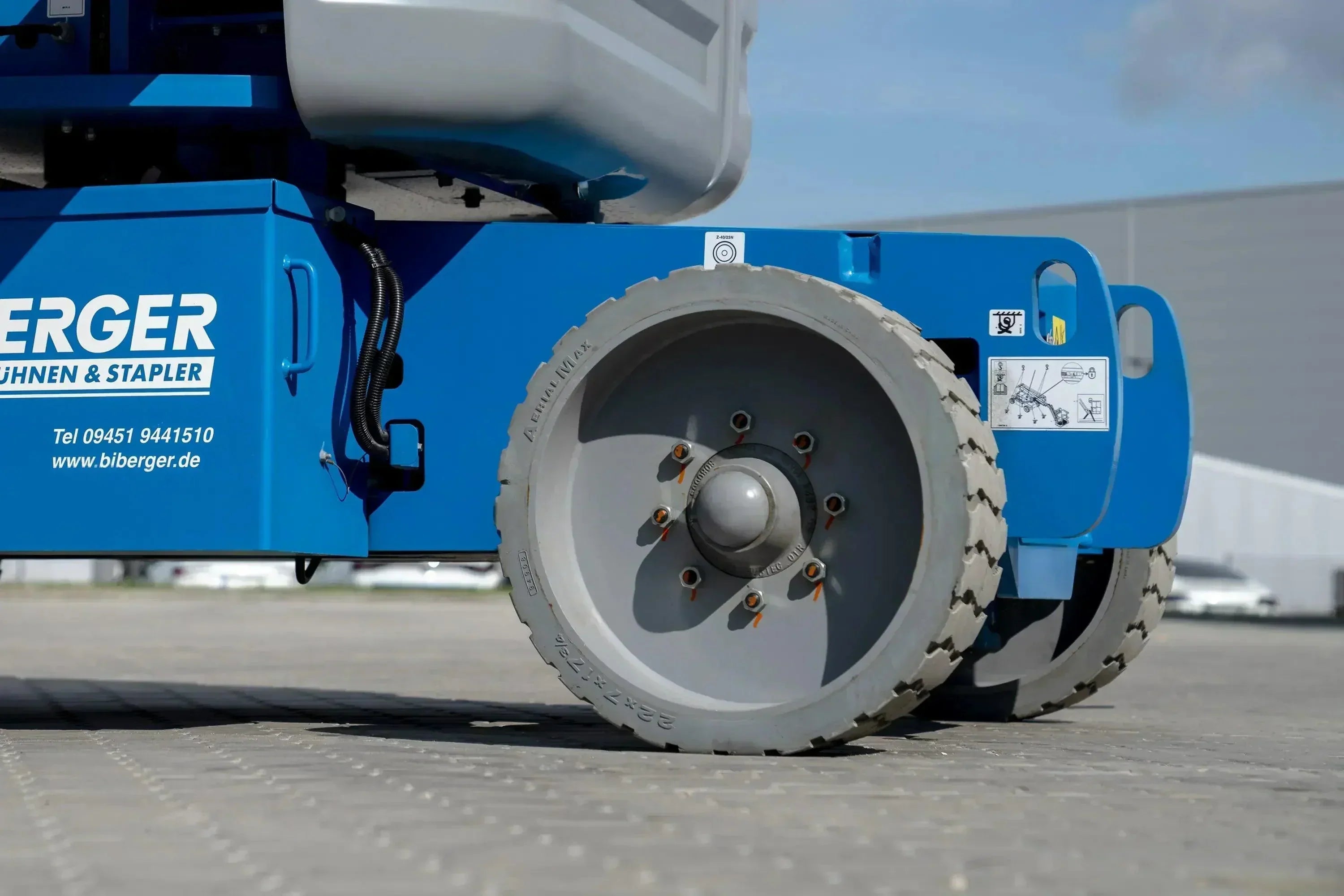

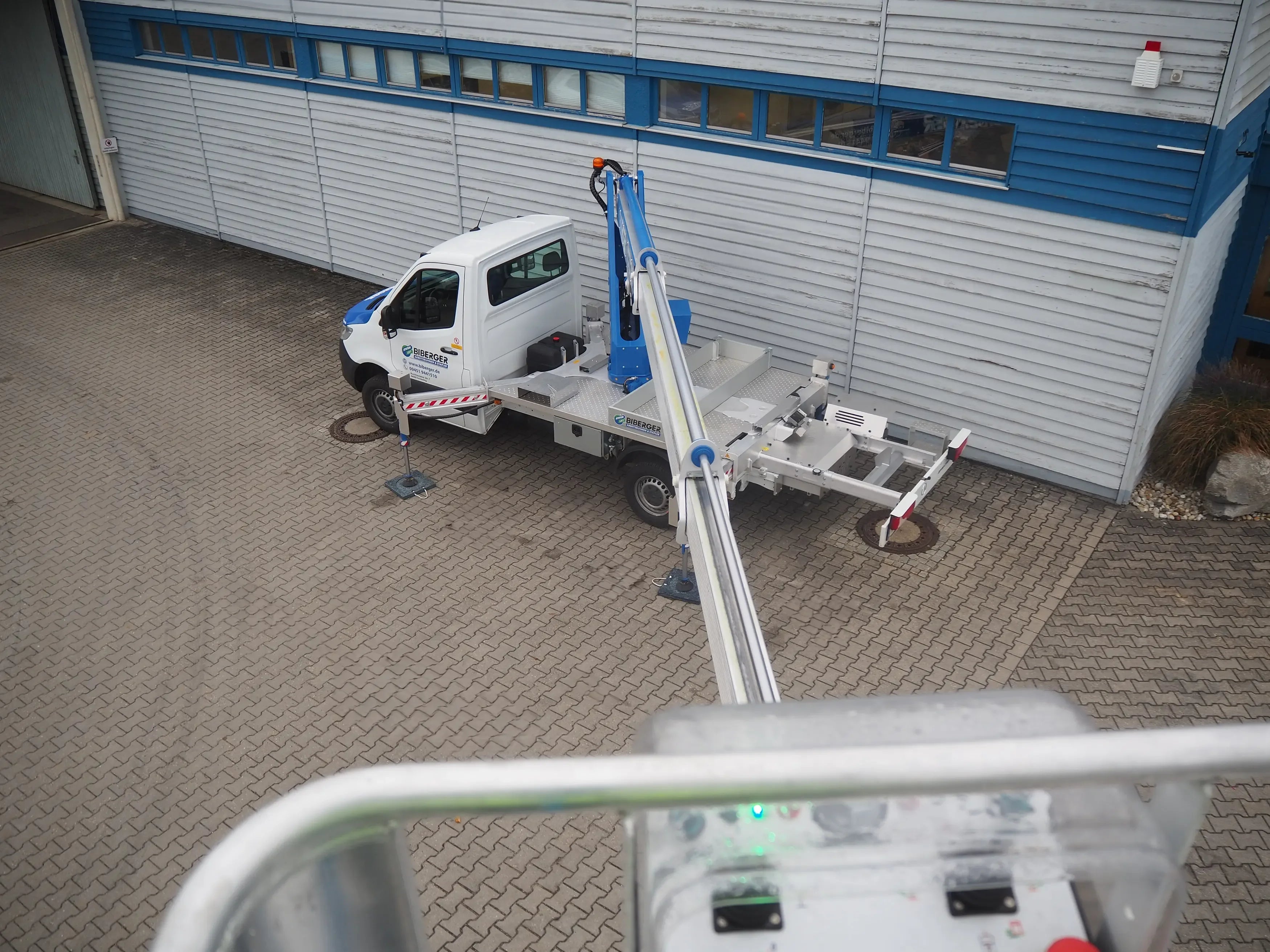
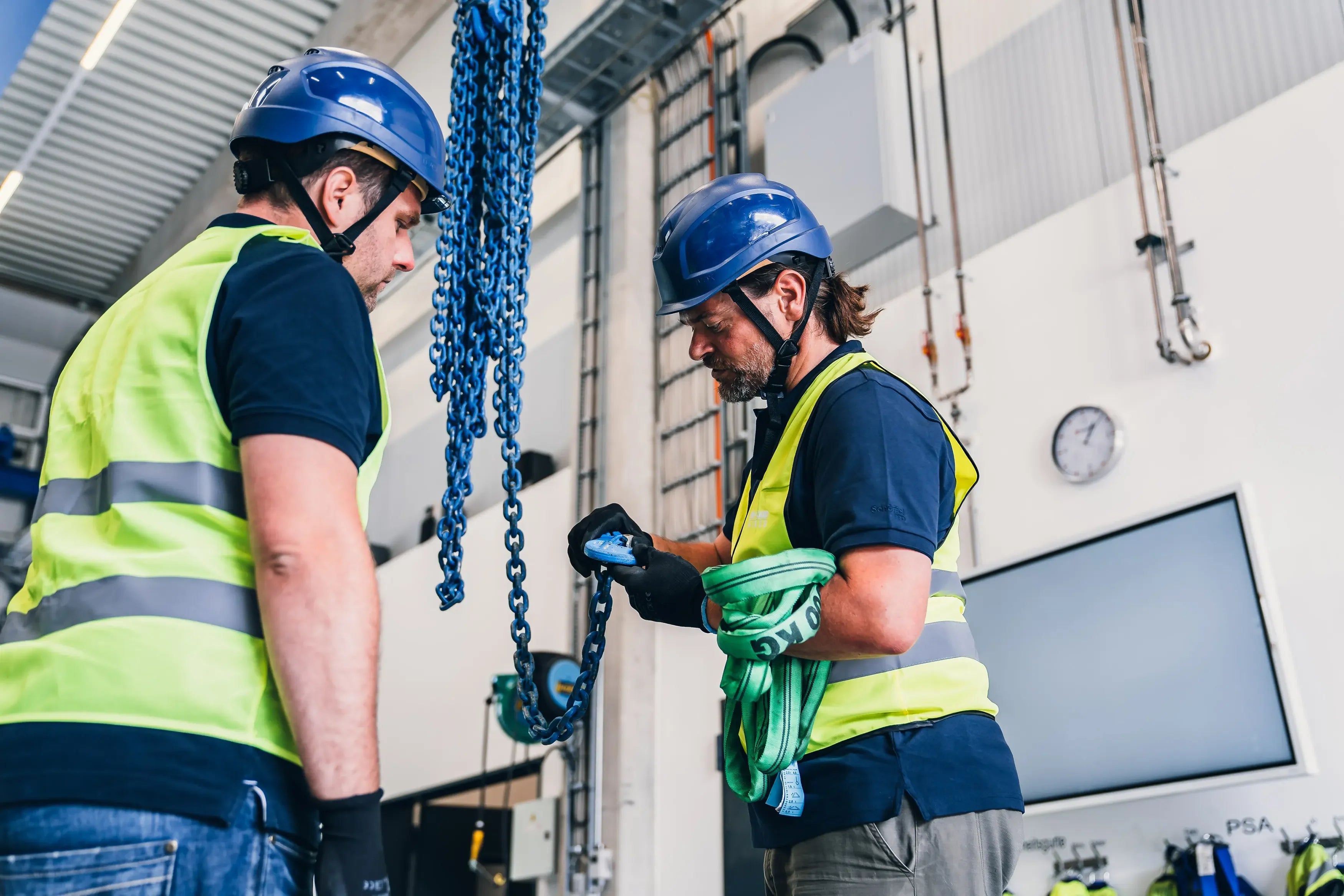
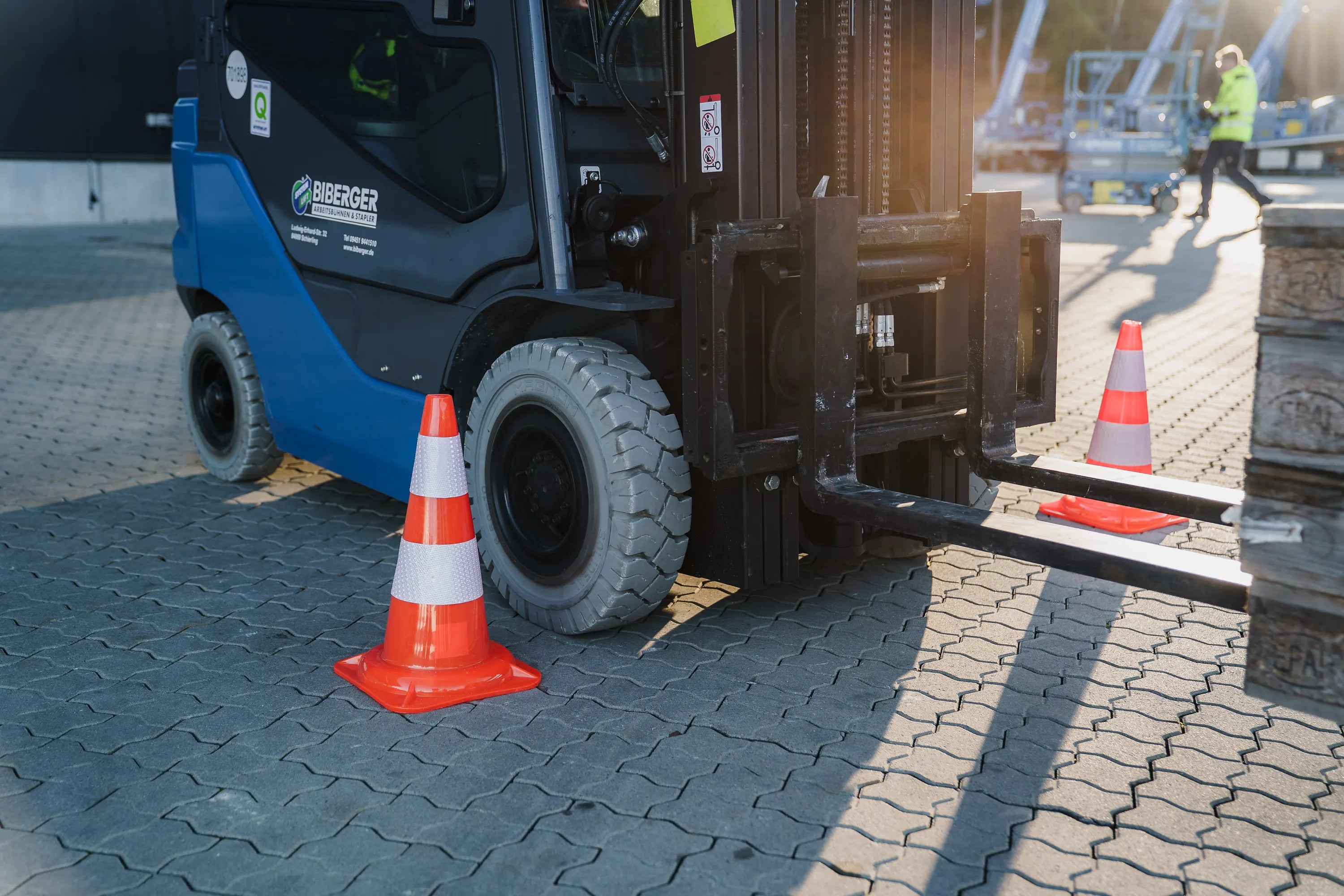
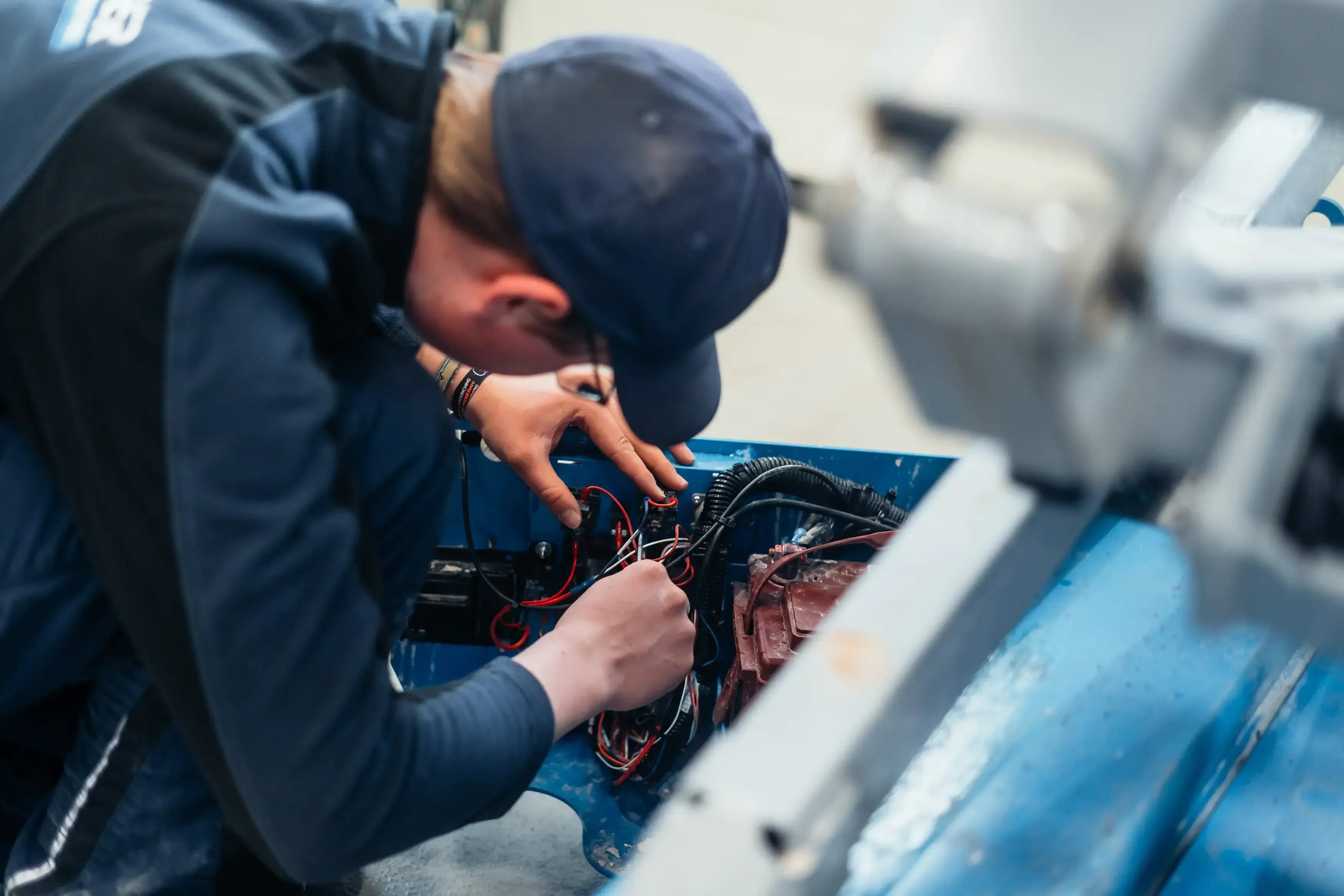
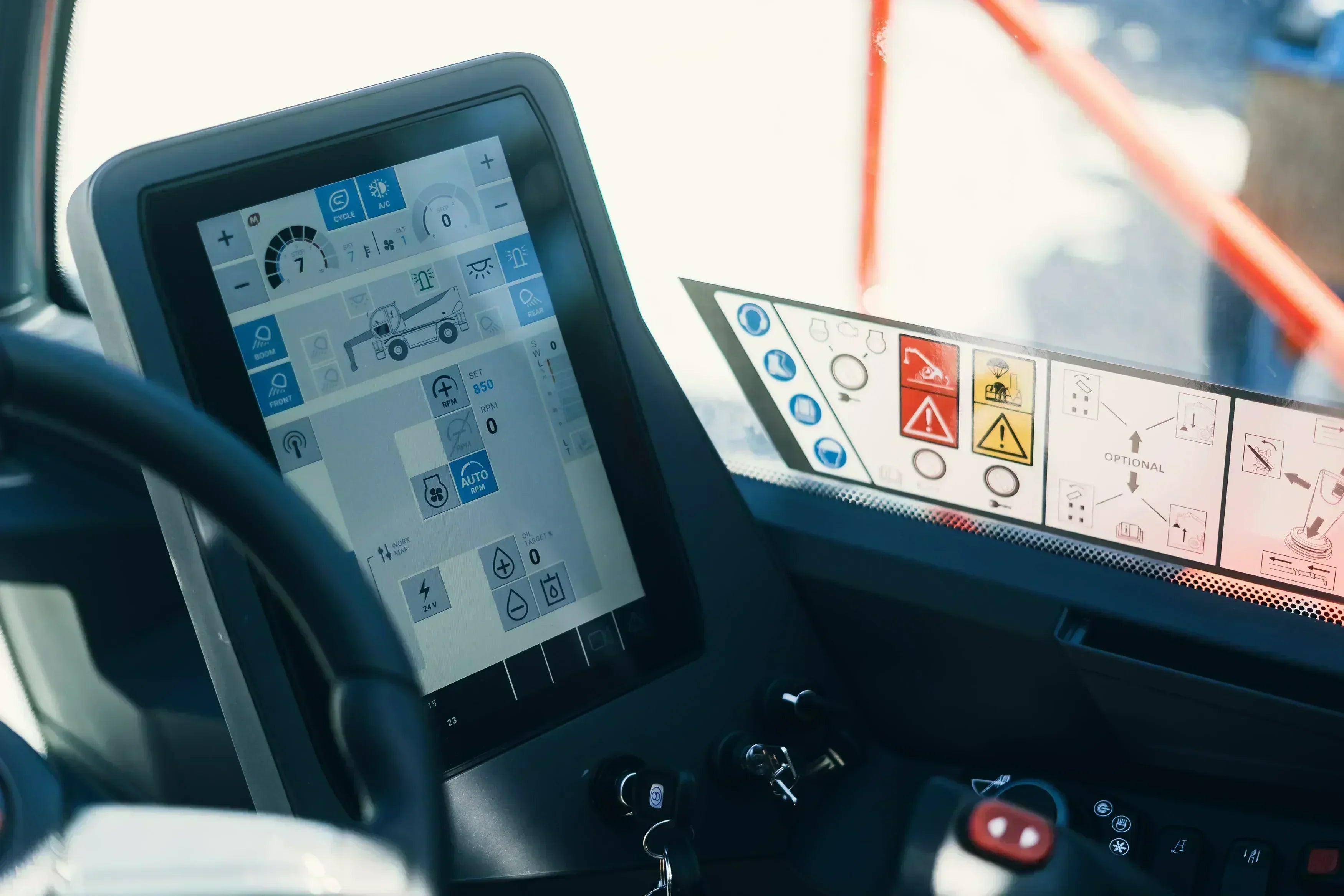
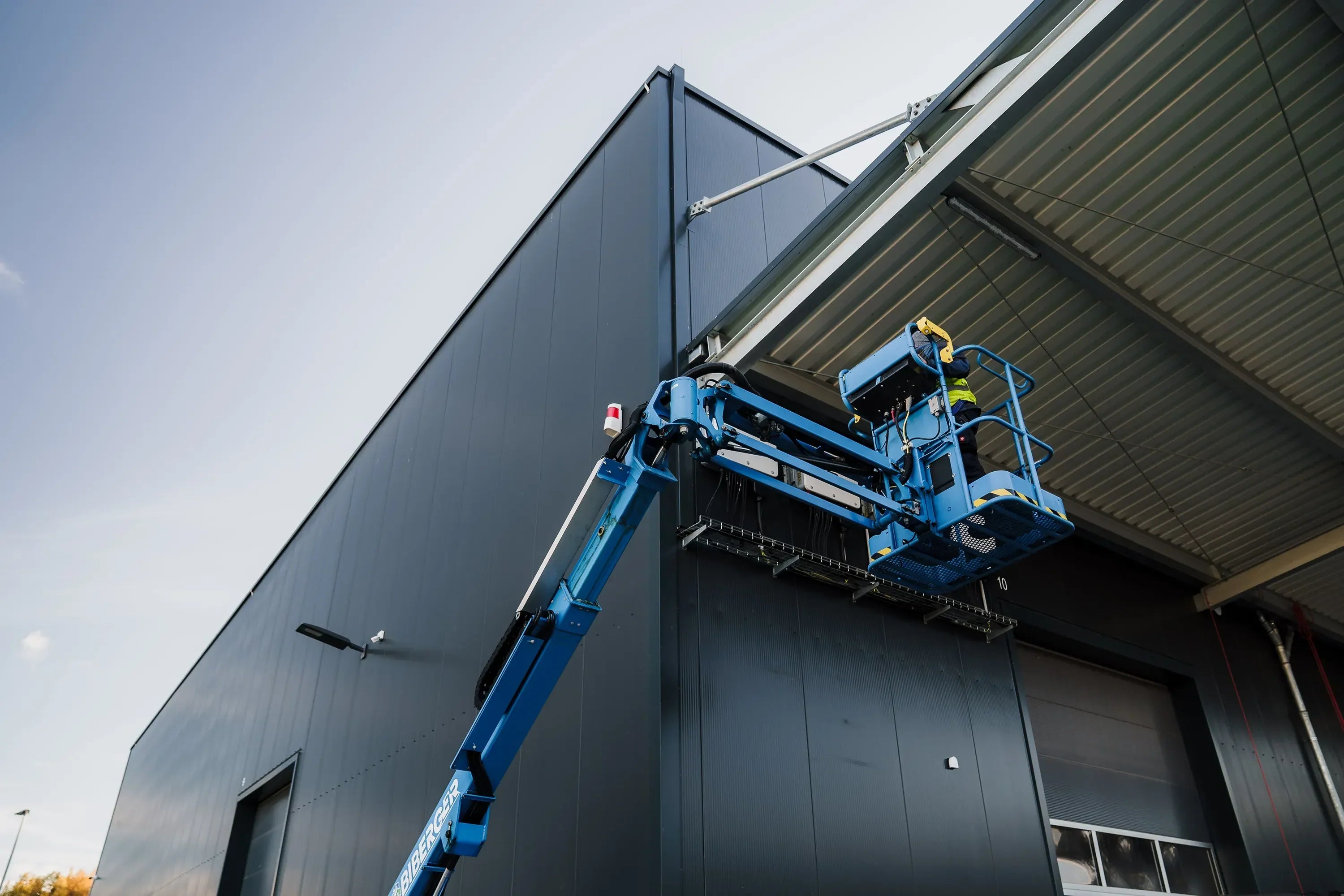
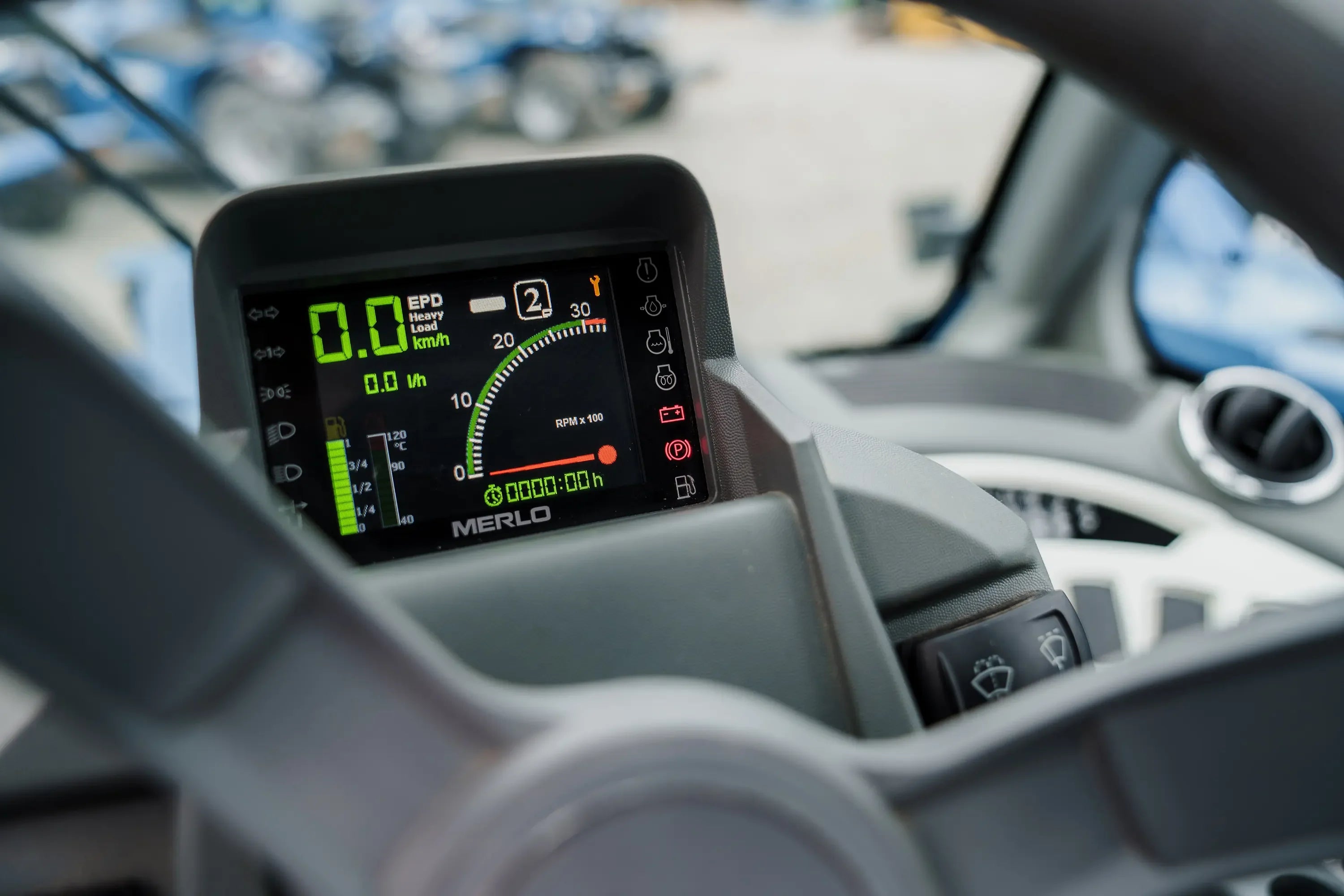
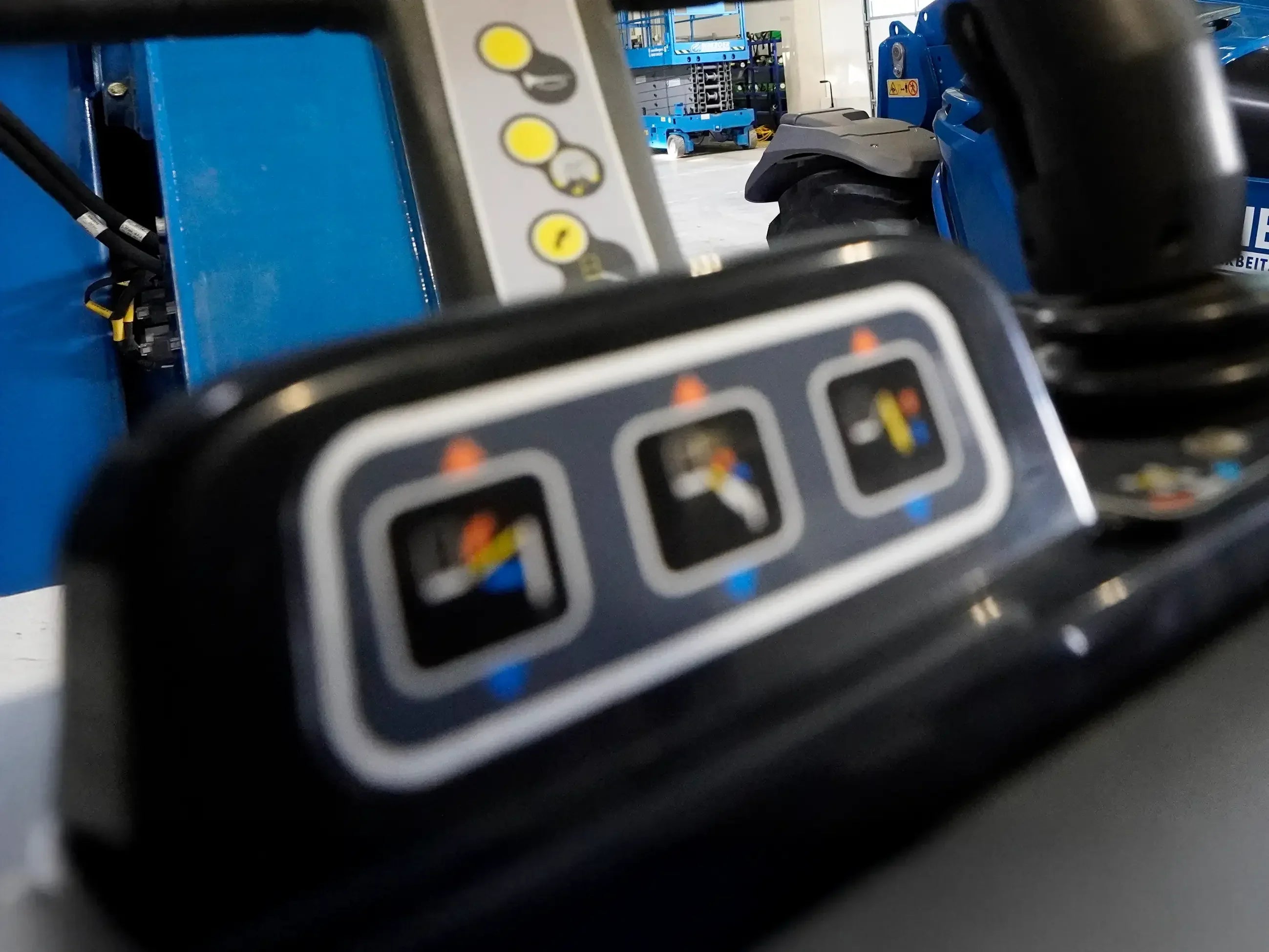






Share:
Work platforms in winter: safety tips for extreme weather
Technical specifications of work platforms: What you need to know
Our editorial quality standards
The subject content on biberger.de are editorially created, reviewed, and continuously updated. The basis is our daily work with aerial platforms, telehandlers, and industrial trucks – in rental, sales, operational planning, and technical support.
Each article draws on real-world experience and is editorially reviewed for clarity, accuracy, and practical relevance according to expert criteria. Technical statements are regularly compared against current industry standards and best practices.
The aim of our publications is to make reliable specialist knowledge accessible and to offer guidance to users, decision-makers and industry partners. BIBERGER sees itself as an independent information platform for safe, economical and modern height access technology – well-founded, comprehensible and free from advertising influence.